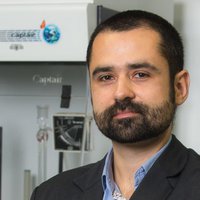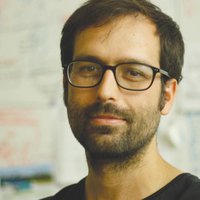Biotechnology & medicine
Michelle O’Malley
Understanding a tricky kind of single-cell creature could help reduce the cost of biofuels.

Europe
Antoine Hubert
Developed the first biorefinery insect in the world

Asia Pacific
Ying Yeung Yeung
Asymmetric Reaction For Drug Synthesis

Global
Rahul Panicker
This engineer from India returned home after graduate school with a new approach to helping premature babies.

Europe
Carlos Castro
His non-invasive, white blood cell count device protects cancer patients receiving chemotherapy
